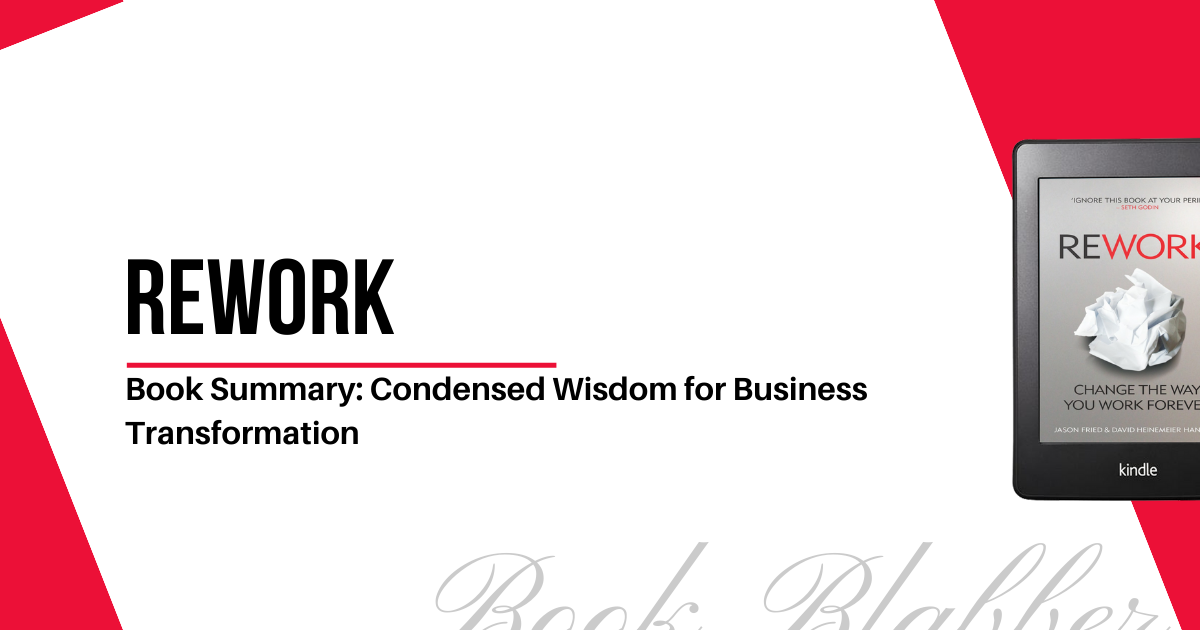Small Business Branding: Put Lead Generation on Steroids

These small business branding lessons are from the book Branding on a Shoestring. It’s a concise book on the process of branding. It elaborates the entire framework a small business needs to stand out, differentiate themselves and be successful.
These will help you build a clientele of fans and put lead generation on steroids. If you’re in a business, trying to draw attention from your prospects, this is a book you must read.
Check Branding on a Shoestring on Goodreads
This article summarises everything in the book, about personal and small business branding.
Table of Contents
Let’s begin with the concept of brand.
So, What Is a Brand?
It’s the set of ideas you represent in the minds of others. It’s the promises you make and strive to keep.
Your brand = your reputation
A brand is also a promise you make to your audience. It’s a guarantee of a relevant, valued and differentiated experience. It’s the feeling people have when they interact with you and your product or service.

Your brand is not what you say it is; it’s what other people say it is.
Now comes branding.
It’s everything you use, to communicate and support your brand. It includes logo, tagline, fonts, colours and other marketing materials. It should clearly communicate who you’re to all your clients and prospects.
Done well, branding is unique, clear and memorable.
You must use your brand and branding materials consistently, and frequently, to build a memorable image in everyone’s mind.
Also check: Insights into Personal Branding
You Have a Brand
OK, believe it or not, you already have a brand. People have an image of you in their mind depending on your past actions. And your goal, as a brand, is to ensure it’s a positive one.
So, you must take control and manage it. Or it will develop on its own.
A brand just doesn’t collect customers; it creates relationships. And by having a relatable brand, with personality, you can stand out.

Your brand can be your sales team. It works for you, 24x7, for free. It will attract the right clients for you. And your fans would be out there telling other people about you.
It can create a lasting impression. Potential clients can recall you when they need your product or service.
Your brand makes you an expert in the eyes of the audience. You won’t have to compete on price. Your prospects will seek you and pay you what you deserve.
Develop a (Valuable) Brand for Yourself
Now, let’s talk about how to create a brand for yourself. First, stop messing with your logo and website. The best way is to get out where your potential clients are. Hang out and interact with them.
Get to know who they are, where they are, and what problems they have. Yes, research. Find out if your idea is something people would actually be willing to pay. Listen to what they say.
Also read: 5 (+1) Common Mistakes Entrepreneurs Must Avoid
By understanding who your prospects are, you can develop a brand that will give the right impression. Every time you provide an expected experience, you widen the gap between you and your competition.

Find Clarity in Your Brand Strategy
It’s about building brand perception.
Know how you want your brand to be perceived. It’s the first step in finding clarity in your brand strategy. You can then develop your path to achieving your goals.
Paying attention to the style of your brand, the tone of your communication, where your brand shows up or the partners you choose, will all contribute to your brand image.
To start, create a list of all the brand attributes you want to be known for. Think of how you want to be thought of and what words would you like to be associated with.

Your brand perception should be a combination of the best of who you’re currently and who you strive to be. It would be the authentic you.
Understand Brand’s Foundation Elements
The foundation of a brand comprises brand values. Your brand values are beliefs, principles and guidelines you consider worthwhile or desirable.
Knowing your core brand values will help you make decisions, plan strategies, and many more things which will help later. These are the heart and soul of the way you work. Whatever values you create, you must truly, wholeheartedly believe in them.

Also, creativity is the key ingredient in making a brand identity outstanding.
Start with the mindset of a beginner to realize what values are truly important to you. Think of your purpose. Choose character and personality traits that best represent you.
Know Your Ideal Clients
OK, let’s get to the ultimate goal: getting clients. It’s important, right? After all, that’s why you’re branding.
So, your ideal client is someone you know you can help.
When you discover your ideal client, it becomes easy to start a conversation and develop a relationship. You’ll learn about their specific needs, find out what keeps them up at night and what struggles they have.
Knowing all these will enable you to provide the solutions they’re looking for. And you can create your message to speak directly to prospects.

Suddenly, the right prospects start to see you and you become visible to more of those people.
Also check out: Get New Customers with Effective Small Business Marketing
Knowing your ideal client builds confidence. It allows you to work confidently with the people you know you can provide value to. They will value what you offer. Also, when people know you’re right for them, they’ll figure out how to make the collaboration work.
You can find those people through business events, trade associations, and even social media groups. Read magazines, listen to podcasts, and spy on your competitors. Find out what your ideal clients do and where they hang out.
Position Your Brand
Brand Positioning is the connection between the promise you make and the expectation of your audience. Positioning is understanding who your ideal client is and how you choose to differ from your competition.

Your position is the first thing you want your client to think of when they hear your name. The process is to - identify your clients - create a graph with relevant quadrants - place your competitors in the appropriate quadrants - insert yourself in the graph - write your positioning statement.
Your positioning statement answers an important question: what do you do. It includes your ideal client, what you do in the market, the point of difference, and the reason people should believe you.
Also read: Make the Founder Your Competitive Advantage
Process Behind Personal Branding
Now, let’s understand the process of “creating” a personal brand.
Before you even get a chance to introduce yourself to a potential client, they are already forming an impression of you. You can do nothing to stop them. But you can steer those perceptions to work in your favour.
Your brand is your reputation; and that reputation transfers to the reputation of your business.

Be genuine. It will help you develop trusting relationships. Don’t pretend to be someone you’re not. Don’t hesitate to open the door and invite others in. When people know they can trust you, they’ll want to do business with you.
People are willing to look past imperfection if you do your best and apologise when you blunder.
Create a message that helps prospects and clients know more about you. Find a way to explain why you do what you do, and what motivated you to start your business.
Tell the story.

Create Your Identity
Understanding brand perception, values and positioning are the background work. Once you’ve done them, it’s time to create your brand identity. Brand identity includes the elements of a brand like colours, logo and tagline.
A style guide should include all variations of your logo, associated brand colours, and fonts.
The images and tagline help create recognition. But to create a memorable brand, you should go beyond the visuals. You must pair your brand identity and communications with exceptional client experience.

Treat clients the way you desire to be treated. Even the small things, like a friendly smile or a simple thank you, go a long way in making people think they're more than just a sale. A little extra effort will give you a happy client and create an excellent reputation.
A happy client may tell other people about you. But unhappy clients definitely will.
Read this: 19 Entrepreneurial Lessons from Alibaba to Inspire You
Promote yourself
Last, but not the least, you need some marketing.
Marketing is the act of promoting yourself to your audience. You can do person-to-person marketing, print marketing, or digital marketing.

Attending networking events, checking into trade shows and conferences, and asking for referrals are different ways of in-person marketing. You can also do workshops, volunteering and sponsorships to promote yourself.
Print marketing includes newspaper or magazine ads, brochures and flyers among other printed media. Direct mails, branded giveaways, and vehicle signages also come under print marketing.
Digital marketing encompasses all online marketing methods like SEO, content marketing and social media.
And that was all about branding on a shoestring.
Liked it?
Join Book Blabbers WhatsApp group to bond over books, memes and quotes.
Subscribe to Book Blabber's Bulletin to get book summaries, reading tips and occasional hugs in your inbox.







Comments